If you've ever had to study for a big test or exam you surely remember that one of the quickest ways to learn was by using flashcards. The same principle applies for young children. Use infant educational flashcards to help your infant learn various things at a much quicker pace than without them. There are a great variety of flashcards that you can use for almost any subject. Using them correctly, can improve the performance rate of your child.
Different Variety of Flashcards
There are a fantastic range of flashcards on the market for infants. These flashcards have so much information on them that you can constantly use them with your infants. They're absolutely perfect for kids between one and five. No matter what type of flashcards you are looking for, you'll probably find them. The most common infant educational flashcards you find are for learning the ABC, numbers and animals.
Flashcards For KidsWhere to find flashcards
If you're able to afford to buy your own flashcards, this is always the best. Conventional infant educational flashcards are made by professionals who know how to grasp the attention of your toddler. However, if you can't afford them, you can make them yourself. Take a look at a few examples online and see if you can mimic the colors and imagery they use. Another option for finding infant educational flashcards is to borrow them from your library or school. Ask friends if they have any old flashcards you can use if you can't find them at the library.
How to use flashcards
Preschool Flashcards Picture FlashcardsOnce you've bought or made your flashcards, make sure to use them in a diligent manner to get the best response out of them. Use them every day. Since these flashcards are not only fun but educational, your child won't get bored of them. Don't use them for longer than an hour at time. A child's concentration span is much shorter than that of an adult. Use them carefully from fifteen minutes to twenty. Make it fun for your child. Use facial expressions and different voices.
Once you've found flash cards and know how to use them effectively, teaching your children basics like shapes and colours, the alphabet and numbers will be extremely easy. Make sure to use them every day and make it an enjoyable experience so your child can have as much fun as possible. Infant educational flashcards are a simple way to educate your children in a fun and interesting manner.
English FlashcardsMelanie Thomas (CEO Melrose Kids Ltd) is a mother of two boys and lives in London, England. Melrose Kids Ltd are the official distributor of Brainy Baby products in the UK and Ireland. For 15 years, The Brainy Baby Company has been a pioneer and leader in DVDs, Books, infant educational flashcards, Games and Toys for babies, toddlers and pre-schoolers. The award-winning line of videos, CDs, books, games, and toys introduce educational subjects such as letters, languages, shapes, animals, art and music.
Kids flash cardsWhen you are teaching English for children they need to be kept active or they could fall asleep on you. Kids love to do things so give them something to do. Kids are notorious for forgetting so you must repeat, repeat and repeat some more or else it will go in one ear and straight out the other.
I use flash cards and I keep repeating the words.
I get the kids to write the word on the blackboard.
At the start of each class I will review all the words from the last class.
Animal Flash CardsAlso it is a good idea to bring in phonics because if the kids know phonics they can read. But and this is a big BUT the kids do not always understand what they are reading.
That is why I like flashcards. The kids are learning words and the meaning together as well as how to write the word and how to say it. Also the experts say most people learn by looking but with language learning you learn by listening.
Even with reading you learn by listening.
When you use a flashcard you are always saying the word so the kids learn by listening and looking. Then if you bring in acting the kids are learning by looking, listening and doing. Using all three learning modules is one of the best ways to learn.
Toddler Flash CardsBut as I mentioned at the beginning you must repeat and keep repeating. The more kids you have in the class the more repeating you have to do because some kids are fast learners while others are not. Every lesson I keep bringing in new words as well as repeating the old words and this way the children actual
Baby Flash CardsKids math homework is often the most difficult one for children. For a lot of children, they may feel that they have an aptitude for homework, or they don't. But it doesn't have to be this way. Even a child who is struggling with math homework can find a few strategies to make the subject easier.
Here are some tips to make those math homework sheets a breeze.
1. Practice makes perfect - math gets easier with repletion. But this doesn't mean you need to force your kids to do their math homework practice for an hour at time. Try to incorporate those math sheets for five or ten minutes at a time. This may help them retain their skills better. Another quick trick is to use flashcard for things like formulas or multiplication tables. Do the flash cards regularly throughout the day and you will start to see a dramatic increase in their math skills.
Educational Flash Cards2. Push Carefully. Some kids create an internal mental block against math. They believe they just can't get it and no amount of math homework practice is going to help. Instead of dismissing this fear out of hand, focus on relaxing them and praising them and let them know that any child can master math and become good at it. Explain that math has some set concepts and rules and that once she understands those, she will be able to move n to more complex problems. Let them know that everyone learns math at their own pace and you have no doubt that they will "get it" eventually.
3. Math is real-life. Sometimes kids just don't see how math relates to the real world, especially with the more complex concepts. But you can help your kid relate math to the real world by using money, coupons, grocery shopping and event the concept of saving and compound interest to illustrate how math works on a day to day basis. Most kids will respond well to using money as a way to learn math - finally they might understand you
Where to buy Flash CardsBaby Flash CardsAnother great way to get kids doing their math homework is by playing games. Board games like monopoly, bingo and card games all help kids use math skills. It's also a great opportunity for families to play and learn together.
Where to buy Flash CardsGetting your kids to practice math and helping them with their math homework can seem pretty daunting. But with patience and encouragement you can help your child become "good at math."
Since around about November last year, I’ve been dabbling with flash cards using my own homemade ones on Powerpoint (you can read about them here – alphabets, colours 1, colours 2, numbers). If you click back to my old posts, you’ll notice that all my pictures are in some way related to Thomas and Friends. That is because Thomas was the only way I could keep Gavin interested in learning anything for any given length of time. I did try making flash cards for fruits and vegetables but he never wanted to look at those cards. I eventually stopped using flash cards because there are only so many subjects you can relate to Thomas and Friends before you run out of ideas (or maybe you can think of more but my creativity is kind of limited).
Speech and LanguageAfter reading about Glenn Doman and Shichida, I was re-inspired. I went out on a limb and bought several early childhood educational resources using the flashcard technique (which I’m still waiting to receive so I can’t review them yet). While I was waiting, I read the book by Glenn Doman on How to Multiply Your Baby’s Intelligence and started making a few of my own flash cards using A4 paper and a marker pen to test out the method on Gavin. Admitedly, I didn’t get too far with the program since the news of my pregnancy kind of threw our lives out of whack and it is never advisable to introduce new programs to children in the midst of such upheavals.
Speech and LanguageHere is what I think of the method based on what I’ve read and tested so far…
Although I had heard about using flashcards to teach very young children to read, I’d never really dug deep enough to understand how it worked. Even though I had tried using flashcards with Gavin before, the problem was that I was trapped in my limited understanding of how children learn. I assumed that Gavin learned the way adults did – that is, he would need to study each flashcard carefully and for a length of time before he could commit it to memory. I also taught it to him the way I was taught growing up – by testing. I showed him a flashcard, taught him what it was and tested him to see if he remembered. As a result, Gavin grew bored of the flashcards and didn’t want to play the game any more.
What I found useful about reading Glenn Doman’s book was that it helped me understand how very young children learn, what are the triggers that excite them and what puts them off learning. Only with this understanding did I realise where I went wrong when I first attempted to use flashcards with Gavin.
Animal Flash CardsMistake Number 1: Going too slowly.
English FlashcardsChildren learn quickly – much, much more quickly than adults. I think we can all agree on this one. Just think of how many adults you know of that can learn a brand new language as quickly as a child learns to speak for an illustration.
Glenn Doman explains that when babies are born, they are very much right brain users. It is only as they grow older that they start to shift towards the left brain. An interesting quality of the right brain is its photographic nature – it can remember whole images of things that it sees as opposed to the left brain which only remembers parts. For this reason, speed is of the essence.
Flashcards For KidsWhile adults need time to commit a picture or word to memory, all a child needs is a moment (long enough to take a photograph). By showing a flashcard for longer, we bore the child because he’s already gotten it. We all know that very young children have short attention spans and cannot wait while we deliberate over whether we’ve shown them the card for long enough. In the meantime, we’ve lost the child’s attention.
So when you play the flash card game, you need to show the card quickly – about one second per card as a rule of thumb.
Mistake Number 2: Testing.
Children hate to be tested. Well, not surprisingly. Think of how many times you were proud of something your child learned and you wanted to boast about it to your friends and family. Then when you asked your child to repeat what he learned, he refused and pretended he didn’t know what you were talking about. Sound familiar?
Picture FlashcardsAfter I had taught Gavin the flashcards, I started to go through them waiting for him to tell me what he saw. In essence, I was testing him. He obliged me initially but after a while, I noticed he started to lose interest in the game.
Animal Flash CardsSo if you can’t test, then how do you know if your child has learned it? Ah… That’s the part of the book I haven’t gotten to – yet! Bear with me, we’ll get there.
Mistake Number 3: Showing too many cards.
The rule of thumb is to show only ten flashcards – or a set number based on your child’s attention span. Never persist if your child is starting to get bored or if his attention is drifting away. You want to keep the game fun and exciting – which means having your child beg for more rather than giving too much of the game away. In other words, always offer less than your child would like.
Mistake Number 4: Showing the same cards too many times.
This is almost the same as showing the cards too slowly. After a while, your child will have learned the cards by heart and the game will start to get boring. You need to start introducing new material to keep the game interesting.
Baby Flash CardsWhat Glenn Doman offers in his book is a recipe for teaching very young children using flashcards. The method taps into the enormous potential of a very young child by encouraging you to begin as early as possible. That is, a 3 year old learns more quickly than a 4 year old; a 2 year old learns more quickly than a 3 year old; a 1 year old learns more quickly than a 2 year old; and a 6 month old learns more quickly than a 1 year old – you get the picture. The earlier you start, the easier it is for your child. By the time your child reaches 6 years of age, Glenn Doman believes this early childhood potential for learning is lost – hence the urgency to tap into it as early as possible to make the most of it.
Glenn Doman offers specific instructions, such as the exact measurements of the card, the colour of the ink on the cards, the size of the words, uppercase or lower case, how many cards, how quickly, how many times a day, a week, etc. In short, it is a recipe. You don’t have to follow the recipe – you can use it as a guideline as long as you keep to the basic rules:
English FlashcardsBegin as young as possible
Be joyous at all times
Respect and trust your child
Teach only when you and your child are happy
Create a good learning environment
Stop before your child wants to stop
Preschool FlashcardsIntroduce new materials often
Be organised and consistent
Do not test your child
Prepare your materials carefully and stay ahead





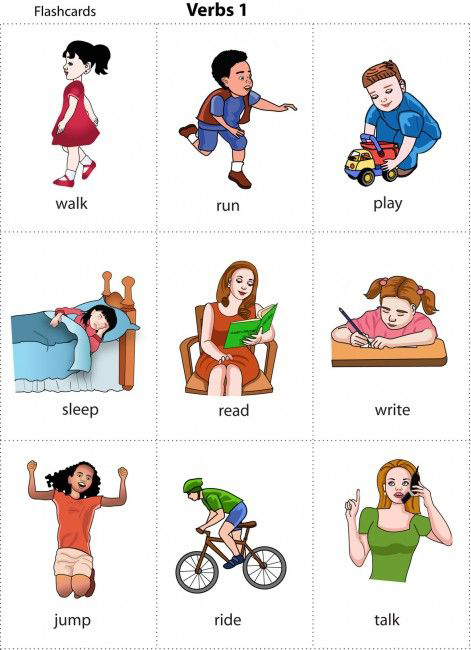


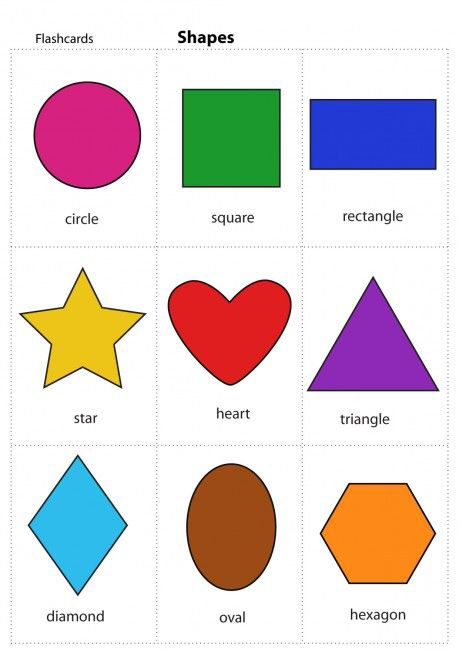


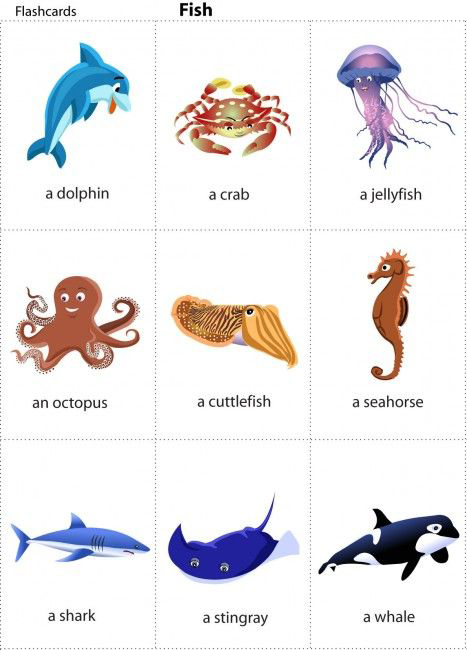
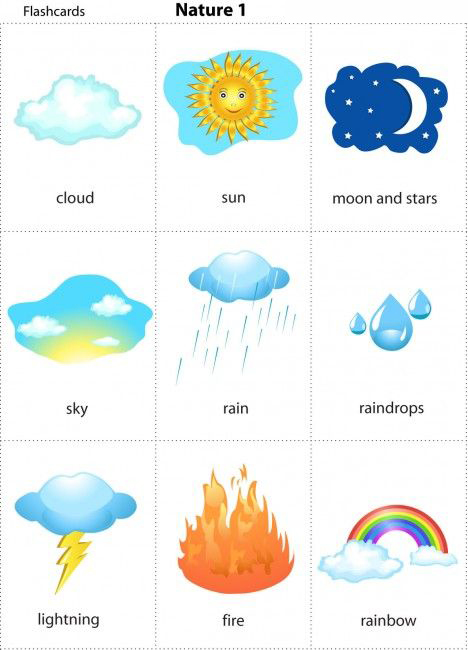


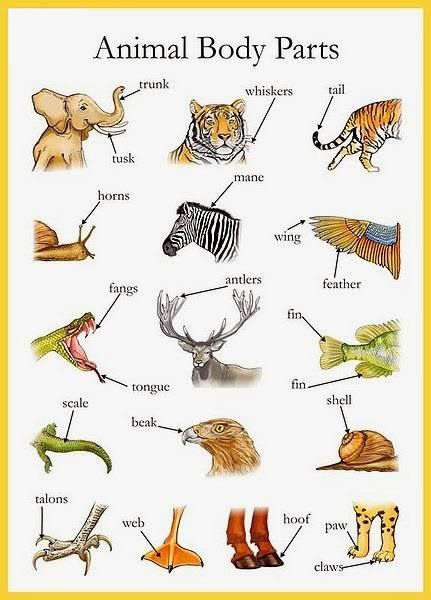


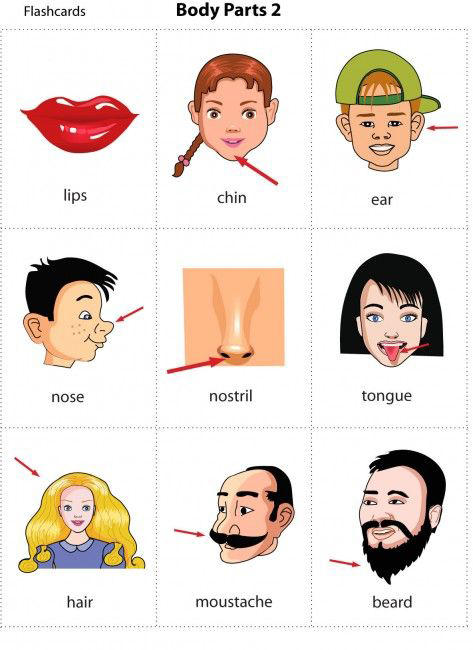
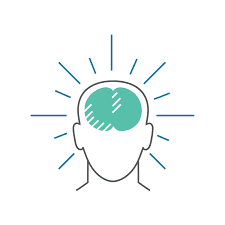





5 Comments
Flashcards For Kids
ReplyDeletePreschool Flashcards
Picture Flashcards
English Flashcards
Kids flash cards
Animal Flash Cards
Toddler Flash Cards
Educational Flash Cards
Baby Flash Cards
Where to buy Flash Cards
Sight word Flash Cards
Speech and Language
https://zpvy.blogspot.com/
ReplyDeleteAll description in this article is useful and informative. So much helpful and easy to read. Your effort is amazing. Keep posting.
ReplyDeleteSome Beauty Tips to Make Your Upcoming Winters More Beautiful
Very interesting post... Such wonderful information to share with us. For more information visit here
ReplyDeleteAndriBagusSaputra.com Legit Indonesia Premium Cars Dealer!
Our experienced staff of technicians are able to rebuild, repair, restore or replace virtually any part on any car – body, interior, engine, transmission, differential, multiple carburetors, distributor, suspension, brakes and frame. If your car is not running like you think it should, then you need to stop by and let us look at it. Our specialty has been troubleshooting and fine-tuning cars. Save yourself some time by scheduling service right here. After you submit the form, we’ll be in touch to confirm your service appointment. It doesn’t get much easier than that. WIDE RANGE OF BRANDS / TRUSTED BY THOUSANDS / SERVICE & MAINTENANCE. AndriBagusSaputra.com JL. Raya Pajajaran No. 256.
We go through extensive factory training so that we may provide you with the knowledge you need to make an educated decision in choosing the vehicle that is right for your lifestyle.
Stress-free finance department.
Robust selection of popular vehicles.
350 offers on site, trusted by a community.
Maintain your car to stay safe on the road
We know how to handle a wide range of car services.
Save yourself some time by scheduling service right here. After you submit the form, we’ll be in touch to confirm your service appointment. It doesn’t get much easier than that.
AndriBagusSaputra.com
AndriBagusSaputra
Andri Bagus Saputra
Really enjoyed this post. It's packed with valuable insights and practical advice.
ReplyDeleteVisit This Profile
We love comments! We appreciate your queries but to protect from being spammed, all comments will be moderated by our human moderators. Read our full comment policy.
Let's enjoy a happy and meaningful conversation ahead!